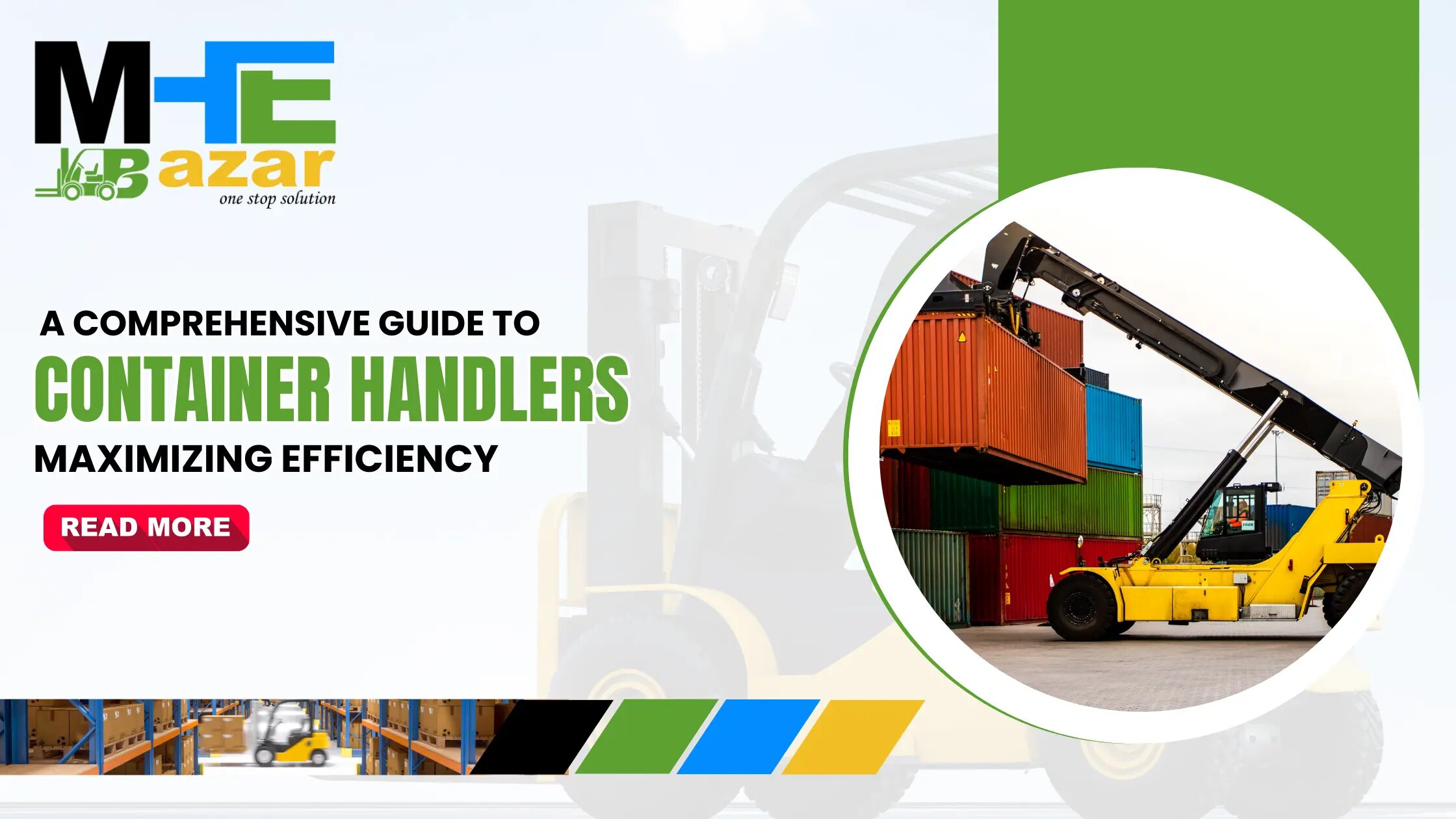
Container handling is a critical aspect of modern logistics, enabling the smooth and efficient transfer of goods worldwide. Optimizing the efficiency of container handlers—equipment used to move containers—can significantly impact the operational performance and cost-effectiveness of ports and logistics centers. This guide provides a comprehensive overview of strategies and best practices for maximizing the efficiency of container handlers.
Types of Container Handlers
Understanding the various types of container handling is the first step in optimizing efficiency. Common types include:
- Reach Stackers: Versatile and capable of stacking containers up to five high and deep.
- Forklift Trucks: Ideal for lower container stacks and limited spaces.
- Straddle Carriers: Suitable for large-scale operations, allowing containers to be stacked and transported efficiently.
- Rail-Mounted Gantry Cranes (RMGs) and Rubber-Tired Gantry Cranes (RTGs): Used for stacking containers in yards, offering high stacking capabilities.
Key Efficiency Strategies
- Regular Maintenance and Upgrades
- Preventive Maintenance: Regularly scheduled maintenance can prevent unexpected breakdowns and extend the lifespan of equipment.
- Technological Upgrades: Implementing modern technologies such as automated systems and IoT sensors can enhance precision and reduce manual labor.
- Operator Training
- Comprehensive Training Programs: Well-trained operators can handle equipment more efficiently and safely, reducing the likelihood of accidents and improving overall productivity.
- Simulators: Utilizing simulators for training can prepare operators for various scenarios without risking actual equipment.
- Optimized Yard Layout
- Strategic Planning: Efficient yard layout minimizes the distance and time required for container movements.
- Stacking Strategies: Implementing optimal stacking strategies based on container size and type can reduce handling time and improve space utilization.
- Advanced Tracking Systems
- RFID and GPS Tracking: Real-time tracking of containers can streamline the logistics process, providing accurate location data and enhancing coordination.
- Warehouse Management Systems (WMS): Integrating WMS can facilitate better inventory control and faster retrieval of containers.
- Energy Efficiency
- Energy-Efficient Equipment: Investing in energy-efficient container handlers can significantly reduce operating costs.
- Renewable Energy Sources: Utilizing renewable energy sources, such as solar panels, for powering equipment can lower the carbon footprint and operational expenses.
- Automation and Robotics
- Automated Guided Vehicles (AGVs): AGVs can move containers without human intervention, increasing efficiency and reducing labor costs.
- Robotic Arms: For precise handling and stacking of containers, robotic arms can be employed, particularly in high-volume operations.
Case Studies in Efficiency
- Port of Singapore: The Port of Singapore utilizes a combination of automated systems and advanced tracking technologies to manage one of the busiest ports in the world. This approach has resulted in reduced handling times and increased throughput.
- Hamburg Port: Known for its innovative use of green technologies, the Hamburg Port employs energy-efficient container handlers and integrates renewable energy sources, leading to significant cost savings and environmental benefits.
Future Trends
- Artificial Intelligence (AI): AI can optimize container handling by predicting demand, optimizing routes, and improving decision-making processes.
- Blockchain Technology: Enhancing transparency and security in the logistics chain, blockchain can streamline documentation and reduce administrative delays.
- Sustainable Practices: The future of container handling will increasingly focus on sustainability, with a greater emphasis on reducing emissions and adopting eco-friendly practices.
Conclusion
Maximizing the efficiency of container handlers involves a multifaceted approach, integrating advanced technologies, regular maintenance, strategic planning, and operator training. By adopting these strategies, logistics centers and ports can enhance their operational performance, reduce costs, and contribute to a more sustainable logistics ecosystem. As technology continues to evolve, the potential for further efficiency gains in container handling remains substantial, promising continued improvements in global trade and logistics.


